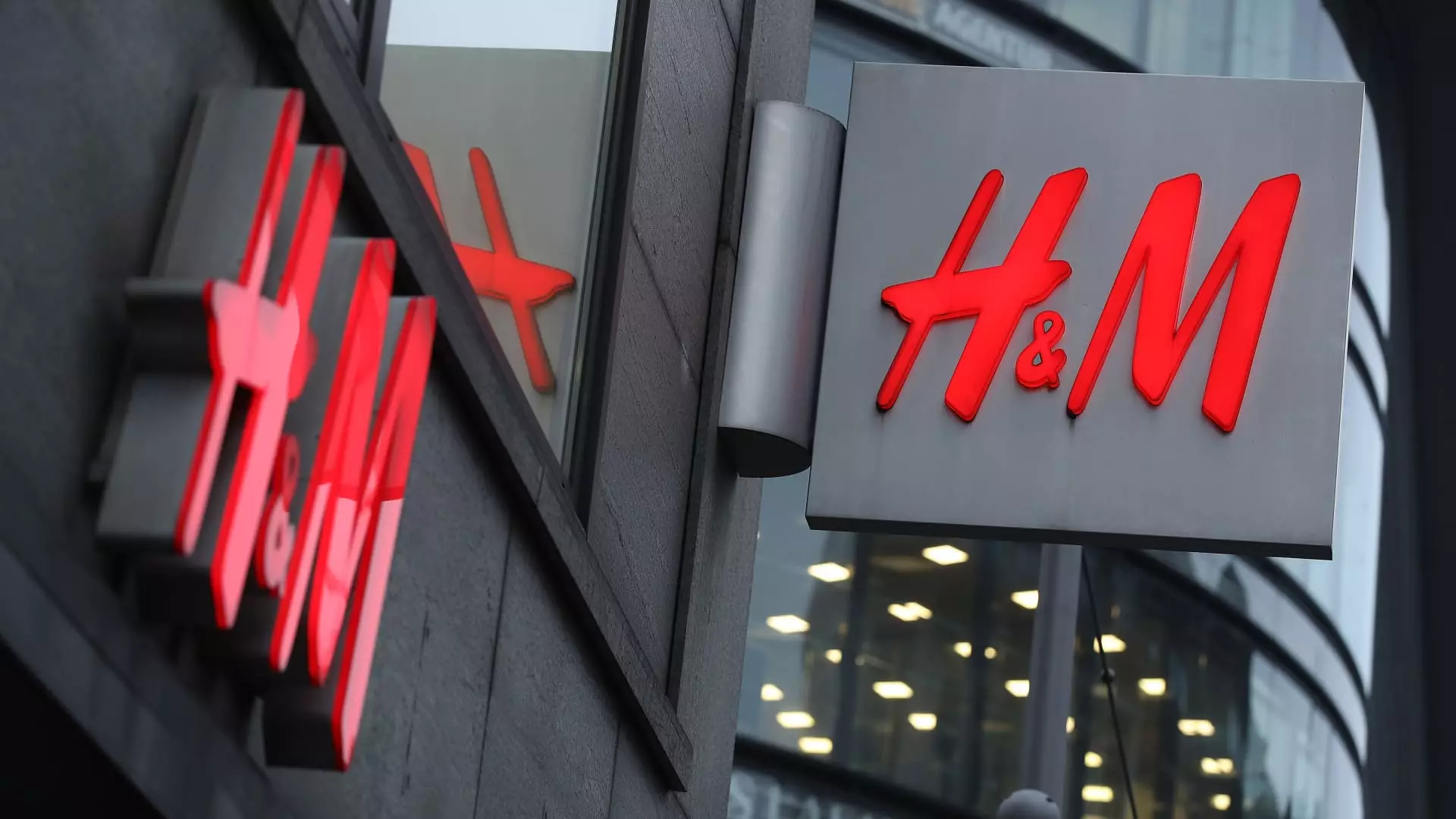Recent developments at H&M, the world’s second-largest publicly traded fashion retailer, have sparked significant concern among shareholders and industry analysts alike. The company reported a substantial drop in operating profit for its fiscal third quarter, announcing figures that fell short of expectations. Specifically, operating profit was reported at 3.51 billion Swedish crowns (approximately $345.8 million), a marked decline from the previous year’s 4.74 billion crowns. This notable dip serves as a stark reminder that even established retailers encounter substantial challenges in a shifting market landscape.
The announcement of lower-than-anticipated operating profits is compounded by H&M’s decision to abandon its earnings margin target for 2024. This strategic pivot reflects the increasing pressures faced by the company, which is grappling with external factors such as fluctuating weather patterns, rising living costs, and a notable decline in consumer spending post-pandemic. These elements have created a perfect storm, adversely affecting both high street and luxury retail sectors. CEO Daniel Ervér, who took the helm only eight months ago, now finds himself in a precarious position, tasked with reversing a trend that has seen H&M’s profitability stagnate or decline.
In addition to internal challenges, H&M is contending with fierce competition from rivals such as Zara’s Inditex and the rapidly growing fast-fashion brand Shein. As these competitors continue to gain ground, H&M’s strategic focus on delivering “unbeatable value” becomes increasingly critical. The need for a more resilient operational framework may compel the retailer to reassess its product offerings and pricing strategies, especially if competitor dynamics push margins tighter.
In light of these disappointing results, market reactions have been swift. Shortly after the profit announcement, H&M’s stock price dropped by as much as 8%, with approximately a 4% decrease during early London trading. Such declines indicate waning investor confidence, a sentiment not lost on analysts who have highlighted significant areas of concern within the company’s operations. UBS analysts pointed to a concerning trend in the rising costs associated with markdowns, which could further impact the margin the company can achieve as it aims to offload discounted inventory.
Despite these obstacles, H&M remains optimistic about its future trajectory. CEO Ervér expressed confidence in the company’s strategic plan, asserting that it will lead to enhanced sales and improved profitability. However, achieving these ambitious goals will require a concerted effort to mitigate the influence of external pressures and refine operational efficiencies. Moreover, as H&M works on reducing its net store count and adapting to a rapidly changing retail environment, the implementation of innovative approaches to engage customers will be vital. Only time will tell if the retailer can effectively navigate the challenges ahead and restore its standing in the competitive fashion industry.


Leave a Reply